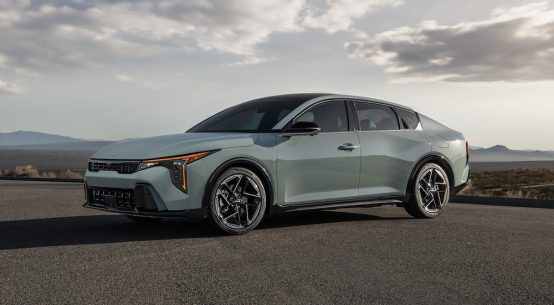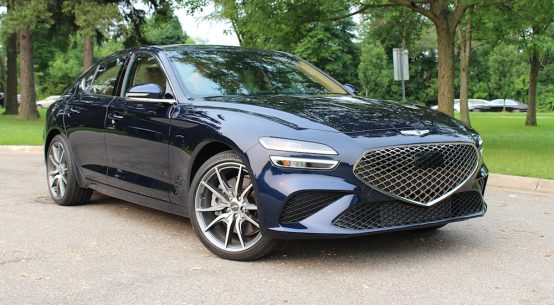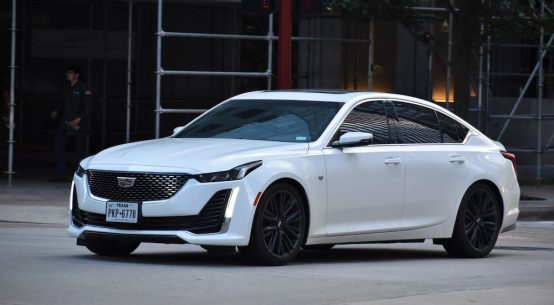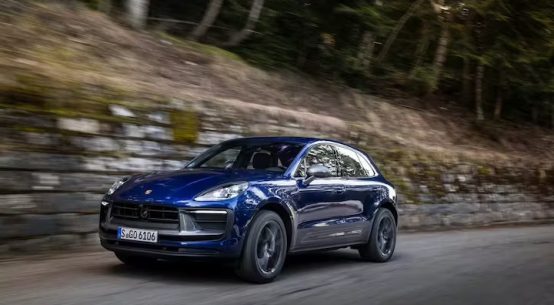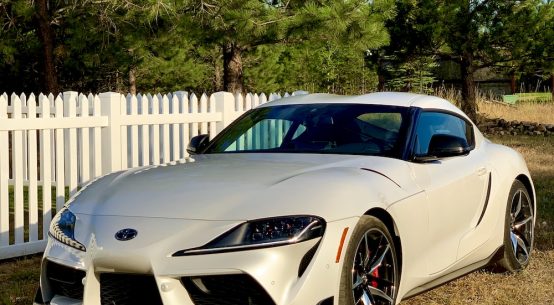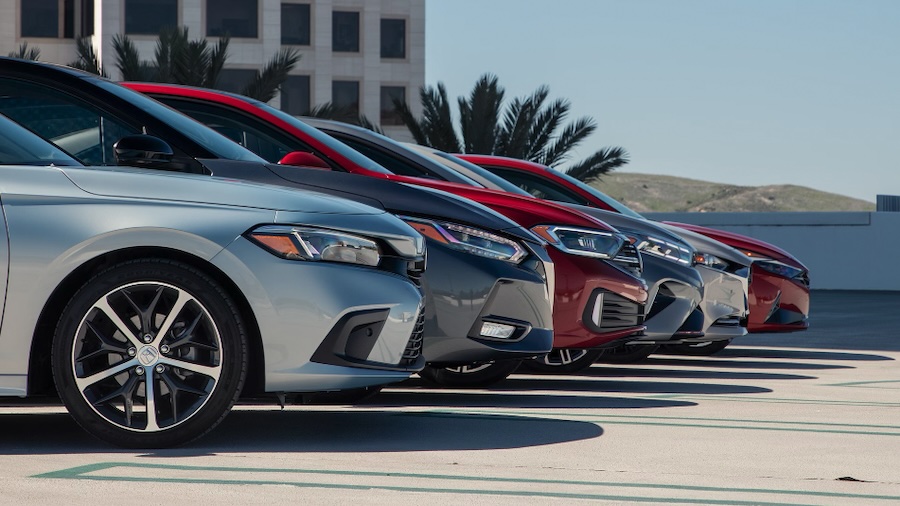
Today I break down the latest data on new and used vehicle inventories as we navigate through the impact of a recent cyber breach that disrupted dealer management systems across the U.S. You’ll learn how this breach has caused significant fluctuations in sales and inventory reporting, and what it means for car buyers in terms of availability, pricing, and incentives. Whether you’re in the market for a new or used vehicle, I’m going to help you understand the trends and what to expect as the market stabilizes in the coming months. So buckle up as I share the latest insights and tips to help you make the best possible decision for your next new or used car, truck or SUV.
New-Vehicle Inventory in July
The automotive industry has been on a bit of a roller coaster lately, all thanks to a major disruption caused by a cyber breach at a key “dealer management system” supplier back in June. This breach created significant volatility in how sales and inventory were reported, and the effects are still being felt.
As of August, we’ve seen a sharp drop in the days’ supply of new vehicles; as a result—a 43% decline from just a month prior. This means that while inventory levels have somewhat stabilized, we’re still seeing a lot of variability.
Right now, the total unsold new vehicle inventory in the U.S. stands at 2.79 million units, which is down 3.6% from July. The good news? We’re starting to see 2025 model year vehicles hit the showroom floors. Brands like MINI, Honda, Genesis, and Volvo are leading the way, with 40% or more of their inventory being 2025 vehicles.
On the flip side, brands like Dodge and Chrysler are still dealing with excess 2023 models, which is keeping their days’ supply levels pretty high—131 days for Dodge and 105 days for Chrysler. Ouch!
In terms of what’s hot, compact and subcompact SUVs like the Honda CR-V and Chevrolet Trax, along with sedans like the Toyota Camry, continue to have lower-than-average days’ supply, indicating strong demand. And of course, high-priced vehicles like the Ford F-150 and Chevrolet Silverado 1500 are still top sellers.
The average listing price for a new vehicle as of August is $47,307, which is slightly lower than a year ago. Brands like Honda, Mazda, and Buick are offering more competitive pricing, which could be great news if you’re in the market for a new ride. As things stabilize, we’re expecting to see more incentives to help clear out older inventory, especially as the supply of used cars tightens.
Used-Vehicle Inventory in July
Now, let’s shift gears and talk about the used vehicle market. The same outage that hit new vehicle inventory reporting has also impacted the used car scene. However, the effects here are a bit different.
As of the start of August, the total supply of used vehicles on dealer lots across the U.S. was 2.17 million units, down 3% from the previous year. This is also a decrease from the 2.22 million units we saw at the start of July.
The market saw a surge in both new and used vehicle sales towards the end of July, which helped bring down the days’ supply metrics. As a result, the days’ supply of used vehicles dropped to 41 days at the beginning of August, down 12 days from July and seven days from last year. That’s a significant improvement!
Even with these fluctuations, used vehicle sales were up 27% month-over-month and nearly 15% year-over-year. The average listing price for used vehicles rose slightly to $25,415, driven by a higher proportion of 0-to-2-year-old vehicles being sold. However, prices are still 5% lower than they were last year.
Affordability remains a big concern, especially for vehicles priced under $15,000, where supply is particularly tight. If you’re shopping in that price range, you might find your options limited. The top five selling brands for July were Ford, Chevrolet, Toyota, Honda, and Nissan, which together made up 51% of all used vehicles sold.
Final Thoughts
So, what does all this mean for you? Well, whether you’re looking for a new or used vehicle, the market is still adjusting, and there are some great deals to be had, especially as incentives start to roll out. Keep an eye on those compact and subcompact SUVs if you’re after something with strong demand, and be prepared for some variability in pricing as the data continues to settle.
As always, do your research, shop around, and happy car hunting!
